A bazaar approach to transforming a landscape
Wye-Usk Transition Lab aims to facilitate transformation of the catchments of the Wye and Usk rivers into regenerative, healthy and thriving areas for people and nature. Rebecca Annells outlines the North Star Transition approach to developing a truly transformational plan.
How do we transform a landscape?
This is a fantastic question, and one we at North Star Transition grapple with every day – because we have not done it before. [We are not sure anybody else has done it yet.] However, just because something hasn’t been done before does not mean it cannot. Think moonshot, think 4-minute mile, think Greta Thunberg; we like to think big. So, we have been discussing, deliberating and deciding on exactly how to develop a plan to transform a landscape. Of course, the landscape we have in mind is catchments of the Wye and Usk rivers, where we have been running a Transition Lab since March 2023.
For those of you not familiar with the Wye-Usk Transition Lab, you can catch up with why we set it up and where we got to at the end of the first phase. Essentially, we brought together over 180 stakeholders from across the landscape, and identified six different topics which need to be part of a transformation plan. Our rough pencil workings indicate a finance bill for the plan to exceed one billion pounds sterling. The task of developing the transition plan – internally, some of us have started calling it The Good Plan – is the main focus for the second phase of Wye-Usk Transition Lab.
Instead of constructing an exact plan, we feel that we need to lean into an emergent process approach, This is balanced against the need for pragmatic application of timelines, clear communication and demonstrating progress along the way. This means emphasis will be placed on learning and adapting as we progress, rather than strict adherence to a precisely defined blueprint.
Jyoti Banerjee, North Star Transition’s CEO and co-founder, has a preferred analogy to explain this is: we are co-creating a bazaar, rather than building a cathedral. This is an idea developed in the tech world as a way of showing how open source software contrasted with mainstream software development. Cathedrals are undoubtedly impressive, complex and often beautiful, but they are also linear, ordered and rigid in both design and construction. They also need large-scale resourcing, with all parties aligned on their actions from the outset. Put another way, cathedrals are not an accurate model of the problems we are trying to solve in transition labs, thus cathedral-thinking – though big and ambitious – is not the most appropriate approach for solving these problems.
Bazaars on the other hand, whilst united in a broad aim to sell a host of different wares, reflect the complexity, flair and potential of problems and solutions that are interconnected, organic, flowing and remarkably adaptable.
Specialised tools for addressing wicked problems
The emergent process approach is inextricably linked to the fact that transition labs are trying to solve “wicked problems”.
Until recently, I was not familiar with the terminology of “wicked problems” - really complex issues that are very difficult to solve due to so many interconnected factors. For example, the polycrises of climate, nature and biodiversity present a wicked problem. Indeed, this very wicked problem applies to the Wye and Usk catchments, where flooding, drought, pollution, decreasing fish stocks and biodiversity of the rivers, low flow and water scarcity, soil health and the precarious future of farming combine to present complex interlinked risks and issues. This is where our transition lab approach comes in, because solutions to wicked problems are as complex, multifactorial and ever-evolving as the problems themselves. There is no blueprint for developing an investable, transformational, locally-owned plan. Overcoming such complexity therefore requires a continuous definition of the problem, in-depth research, and persistent iteration to solve it.
Following completion of phase I in which we identified key action areas to transform the Wye and Usk catchments, we now need to expand our toolbox so that each subgroup can harness the potential of the emergent process successfully in phase II.
The tools we have developed for the Transition Lab toolbox, in partnership with our friends at UCL’s Climate Action Unit, include:
Active sonar: continuing the process of active engagement with local stakeholders and domain experts
Seven insights: developing a shared language, guided by several key insights from behavioural psychology research into climate action
Case-consult: identifying credible opportunities for driving a change agenda
Poking complex systems: taking a systems view of a specific challenge
Wider lens perspective: taking a systemic view of all the challenges and how they interconnect
Landscape finance: constructing a model by which mainstream financial institutions can participate in a billion pound transition finance initiative
This list may currently look like a handful of unfamiliar labels, but with the help of the Climate Action Unit, these will become valuable tools for everyone in the transition lab.
The Good Plan for solving wicked problems
Instead of learning tools in a vacuum – or training to become architects and risk assessors and finance managers and builders, before building a cathedral and in a specific order – we are running Phase II of Wye-Usk Transition Lab much more in the spirit of a bazaar. Together we will learn and adapt as we work, iteratively applying new knowledge and skills to reimagine the problems and solutions over time.
North Star Transition will facilitate this emergent process in the second phase by providing the space for everyone to come together, to share, learn and apply their ideas, knowledge and skills, and to co-create something vibrant, exciting and kaleidoscopic. The tools I have mentioned, and more, will be part of the work we do to ensure we end up with a Good Plan which is transformational, locally-owned, and investable.
Crucially, this is the slightly magic part of phase II when we start “making stuff happen” (as my colleague Jo Jones likes to say).
Cohesive project management
For anyone worrying about the apparently chaotic nature of this emergent process – or ‘bazaar’ – approach, please be reassured. Nature often appears chaotic – and all the more wonderful for it – but as a scientist I can discern that core principles underpin this apparent chaos. The cascading tendrils of strawberries that reach out in all directions to explore the world, the hollering calls between birds in far apart trees and the frenzied buzz and zig-zag of the busiest bees. Perhaps most fundamental to these core principles is an inherent curiosity to find out what and who is out there and how best to access required resources, in aid of surviving – and beyond that thriving. Then, in the same way that the changing seasons guide nature through cycles of growth and change, we will also facilitate the stakeholder groups through the emergent process by providing touchpoints and opportunities to update, reflect and shift on progress throughout.
In this way, the work we will do together in phase II of Wye-Usk Transition Lab will all drive towards achieving the goal established in phase I, of creating a regenerative landscape for all inhabitants.
Nature – and bazaars – thrum with possibility, synergy and symbiosis; as will Wye-Usk Transition Lab, throughout phase II (and beyond!).
The roadmap for phase II
Analogies are – hopefully – useful for explaining the overall approach, but it’s important we also describe some of the specifics of what we actually intend to do in phase II.
Over the next 18 months, each of the stakholder groups of Wye-Usk Transition Lab will co-create a transformational, investible and locally-owned plan. These plans will likely take the form of a ‘transition canvas’ and will be developed through iterative versioning over time:
o Version 0.3 at 6 months
o Version 0.7 at 12 months
o Version 1.0 at 18 months
Everyone in the transition lab will use the new tools for working together to solve wicked problems and apply them within their stakeholder groups.
Ultimately, the transition canvases from all the subgroups will become amalgamated into a whole transition lab plan, which will then be used to catalyse finance. At every stage, this plan will have been developed by the participants using their ideas for transforming the catchment into what they want it to be.
While we don’t yet know what they will look like, we do know that getting there in a truly collaborative way is key to the success of the Lab. When Jyoti presented the Transition Lab canvas concept, he suggested there was a secret sauce North Star Transition were bringing to the table. He didn’t say exactly what it was, but I think the not-so-secret sauce is this: work collaboratively on transformational, investable and locally-owned ideas first, because then the finance will follow.
Spring is a season full of potential. We can already see the beginnings of nature’s bazaar springing up all over the place, which can only be a good sign as we continue walking together on this journey into phase two.
Not familiar with Wye-Usk Transition Lab and need a quick intro?
Wye-Usk Transition Lab began at the start of 2023. Since then, North Star Transition has been bringing together individuals and organisations to listen to each other, share their understanding of how we move forward and collaboratively work to compile a programme of works that would bring the Wye and Usk catchments into a regenerative and healthy state. A healthy state not only for nature, but socially and economically as well.
We have worked with over 180 individuals and organisations from across farming, business, local government, health, energy and the environment. In considering: what action is already taking place, what else needs to happen, and who could be involved, 6 focus areas emerged. We are now working with stakeholders in each of these focus areas, to develop plans which meet the three criteria we have for a Good Plan: the plan must be transformational for the landscape and its inhabitants, locally owned and investable.


